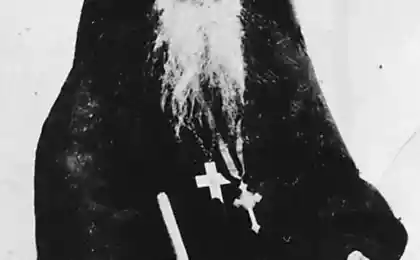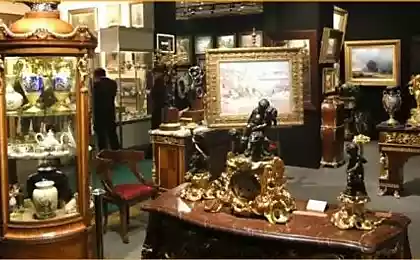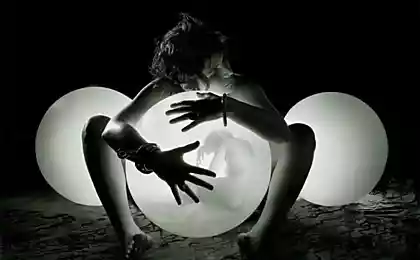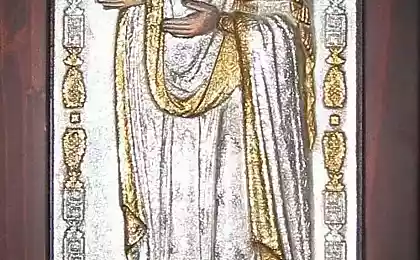147
You are a wise old man, if you know what this thing is for.
Grandmother closets store unusual things, the purpose of which is a modern man to understand oh how difficult it is. It would seem that by the standards of history, a very small amount of time has passed, and we have already forgotten what a primus is and how to use disposable blades.
In this article published photos of some objects, whose purpose is perplexing for young people. See if you know what all these things were for.
Metal birch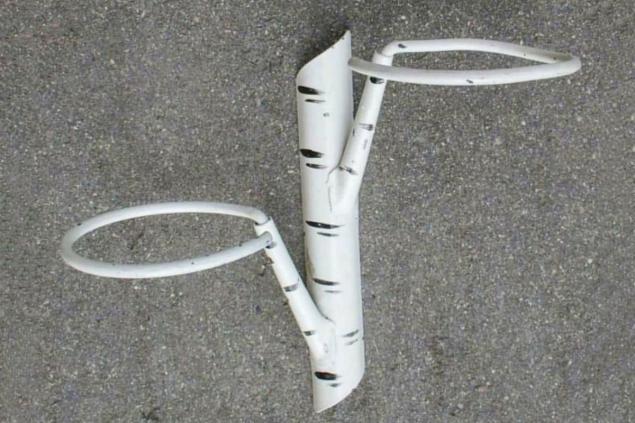
Let's start easy. It was such things, painted under the barrel of birch trees, hung on the walls of almost every kindergarten. And it did not matter whether they fit the color of the walls and fit well into the interior.
This thing is nothing more than a bowl stand. Most often in such stands were geranium or pike tail.
Strange box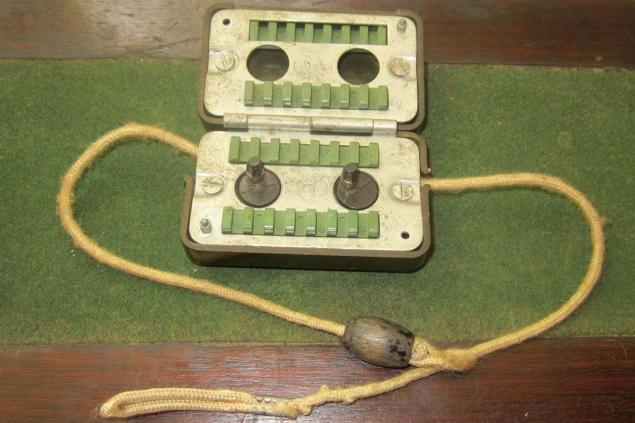
With the help of such a miracle machine, it was possible to turn disposable shaving blades into reusable ones. The scallop of the casket was springed and was made of grinding material. For better efficiency, it could be smeared with GOI polishing paste.
A single blade was inserted inside the box. The lace drove rollers that rotated the blades, thereby sharpening it against a closed comb.
Blade fob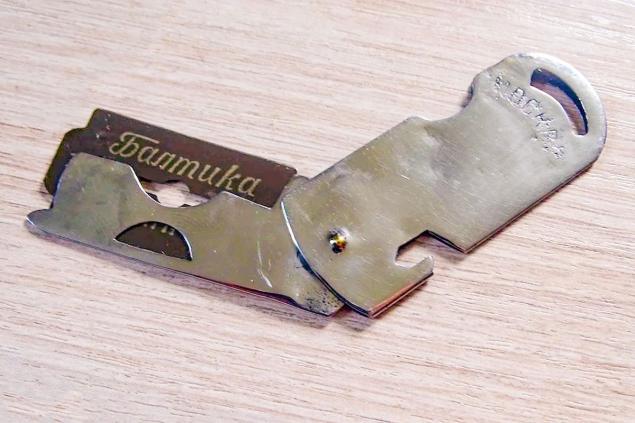
Another device that needs to be inserted into the blade. Only here the blade was needed in order to cut, or rather sharpen. The photo shows a pocket folding pencil sharpener. Also, the sharpener could be used as a fob.
Pocket counter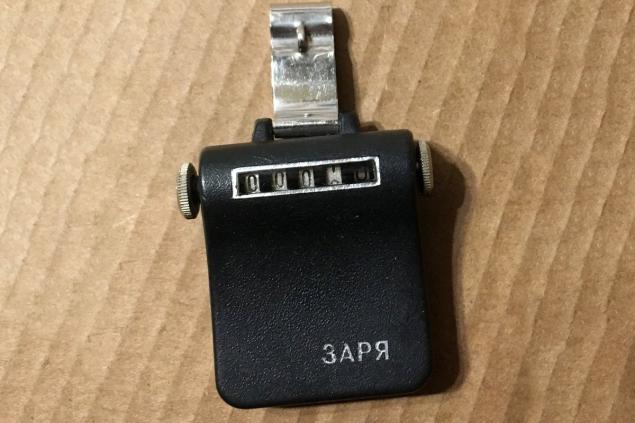
The dial on the device clearly hints that we have some kind of counter. What exactly did he think? It's very simple. The device in the photo is a pedometer, the progenitor of modern fitness bracelets.
The stepmer was completely mechanical. He worked on the principle of a clock with autowinding. Inside the body was installed a special pendulum, which fluctuated from the steps and by means of gears rotated the counter. Putting a pedometer in your pocket or hanging it on a chain to the belt, you could find out the number of steps passed. Only at the beginning of the walk it was necessary to reset the readings to zero.
Springs and rubber bands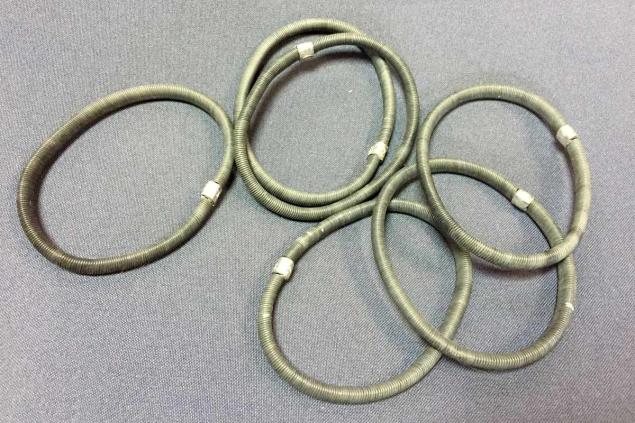
Despite the fact that the springs are made of metal, they were called rubber bands. And they were needed in order to adjust the length of the shirt sleeve.
The textile industry did not indulge in a variety of sizes, so excessively long sleeves had to grab rubber bands just above the elbow. Over time, the gums were replaced with such ring-shaped springs, but the old name remained.
Small garters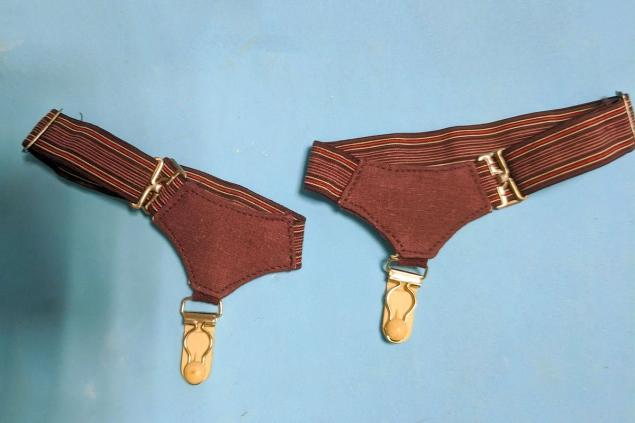
The items in the photo are remotely similar to women's stocking garters. Only they are smaller and have one clip instead of two. However, their function is similar. These are sock suspenders!
The socks were not elastic enough. To prevent them from slipping, men had to use such suspenders. The lift was attached to the tibia under the knee, and the edge of the sock was fastened to it. By the way, the official name of this device is the men's suspension.
I wonder what modern gadgets in twenty years will confuse the new generation. For example, today's young people do not know what pagers are. Could phones be gone in a couple of decades?
In this article published photos of some objects, whose purpose is perplexing for young people. See if you know what all these things were for.
Metal birch

Let's start easy. It was such things, painted under the barrel of birch trees, hung on the walls of almost every kindergarten. And it did not matter whether they fit the color of the walls and fit well into the interior.
This thing is nothing more than a bowl stand. Most often in such stands were geranium or pike tail.
Strange box

With the help of such a miracle machine, it was possible to turn disposable shaving blades into reusable ones. The scallop of the casket was springed and was made of grinding material. For better efficiency, it could be smeared with GOI polishing paste.
A single blade was inserted inside the box. The lace drove rollers that rotated the blades, thereby sharpening it against a closed comb.
Blade fob

Another device that needs to be inserted into the blade. Only here the blade was needed in order to cut, or rather sharpen. The photo shows a pocket folding pencil sharpener. Also, the sharpener could be used as a fob.
Pocket counter

The dial on the device clearly hints that we have some kind of counter. What exactly did he think? It's very simple. The device in the photo is a pedometer, the progenitor of modern fitness bracelets.
The stepmer was completely mechanical. He worked on the principle of a clock with autowinding. Inside the body was installed a special pendulum, which fluctuated from the steps and by means of gears rotated the counter. Putting a pedometer in your pocket or hanging it on a chain to the belt, you could find out the number of steps passed. Only at the beginning of the walk it was necessary to reset the readings to zero.
Springs and rubber bands

Despite the fact that the springs are made of metal, they were called rubber bands. And they were needed in order to adjust the length of the shirt sleeve.
The textile industry did not indulge in a variety of sizes, so excessively long sleeves had to grab rubber bands just above the elbow. Over time, the gums were replaced with such ring-shaped springs, but the old name remained.
Small garters

The items in the photo are remotely similar to women's stocking garters. Only they are smaller and have one clip instead of two. However, their function is similar. These are sock suspenders!
The socks were not elastic enough. To prevent them from slipping, men had to use such suspenders. The lift was attached to the tibia under the knee, and the edge of the sock was fastened to it. By the way, the official name of this device is the men's suspension.
I wonder what modern gadgets in twenty years will confuse the new generation. For example, today's young people do not know what pagers are. Could phones be gone in a couple of decades?
In many villages, there is a tradition of stewing beets, sharing an old recipe.
Runologist forecast for autumn 2022
